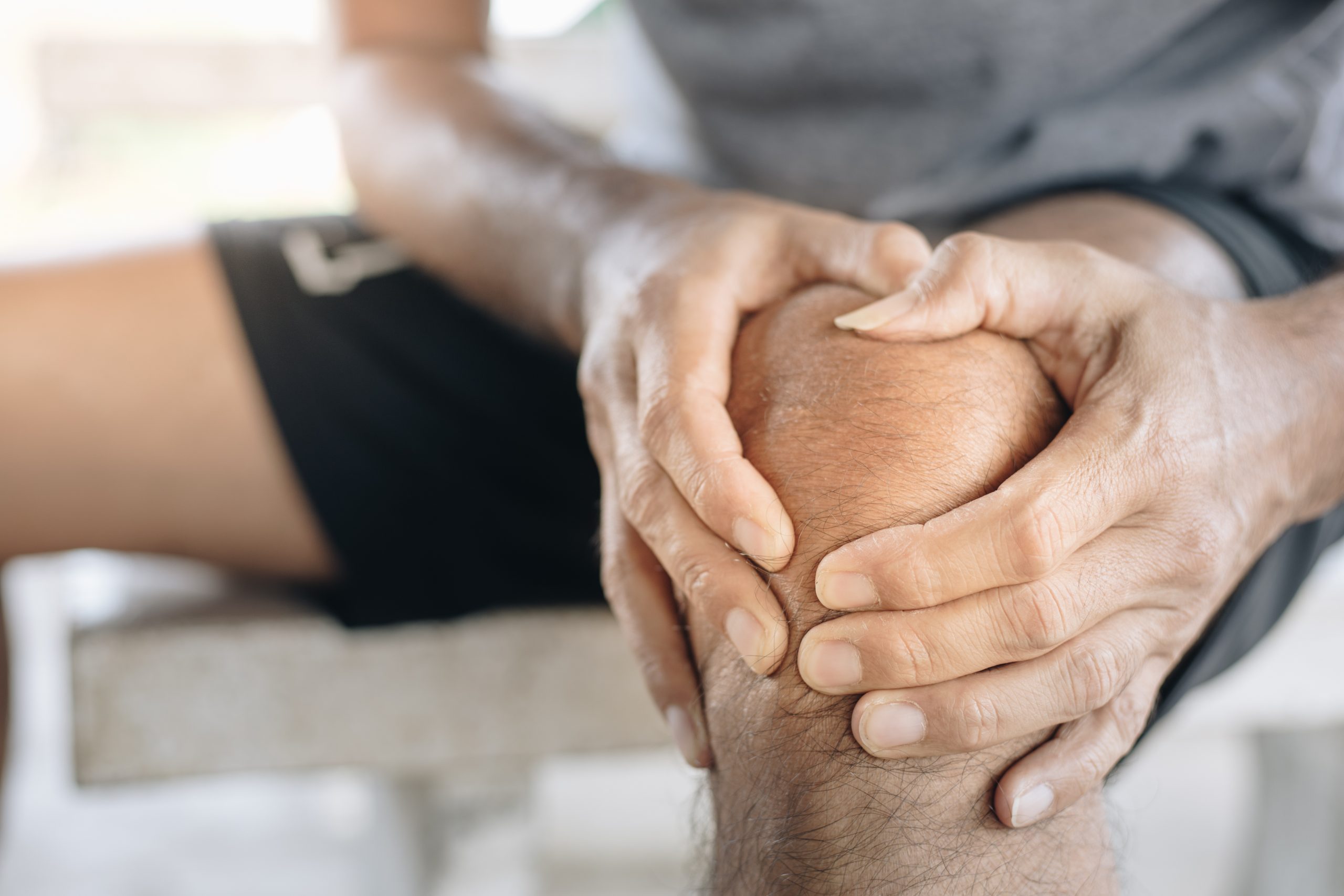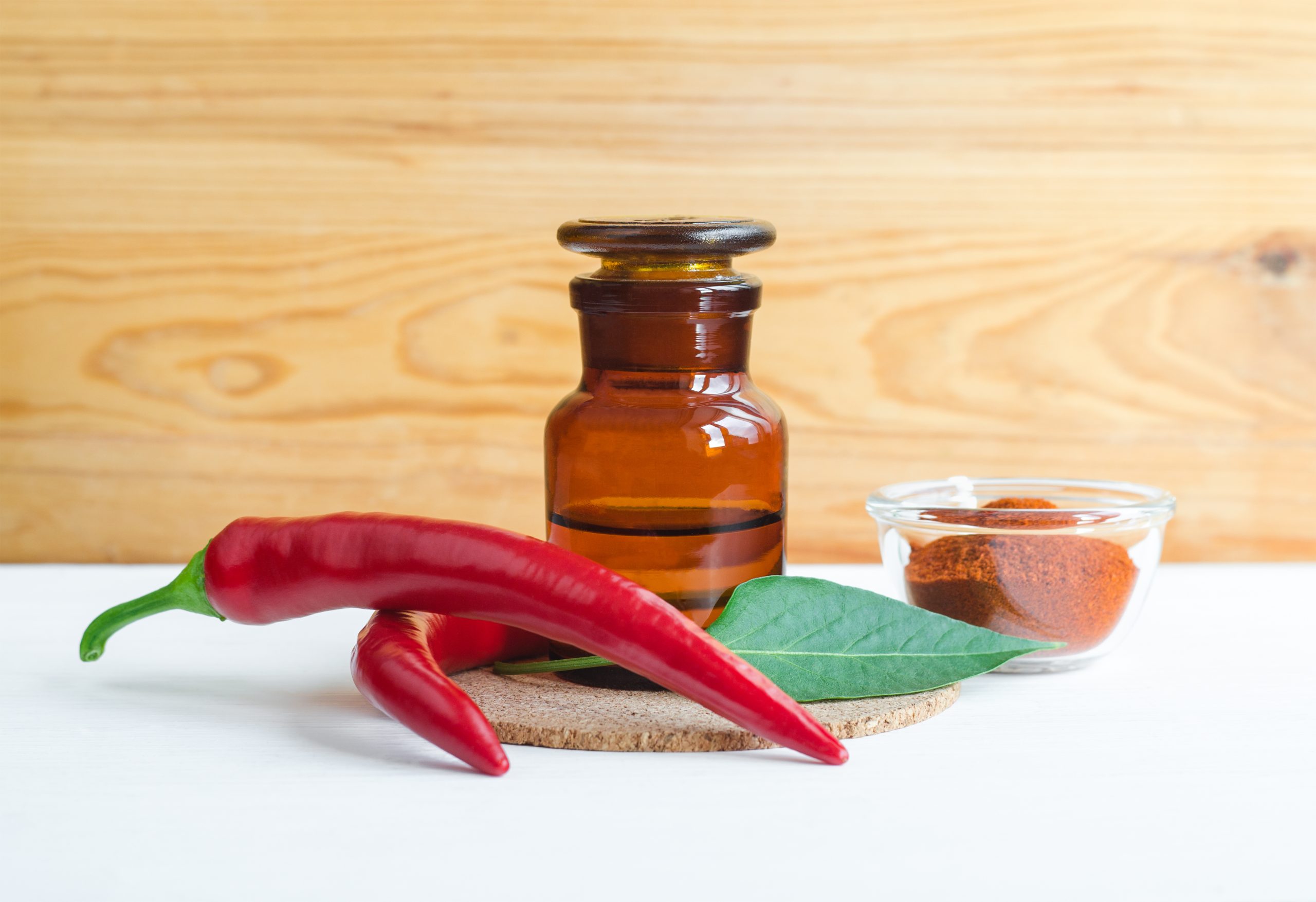Joint pain and arthritis (arthralgia) are a common health concern that can range from mild stiffness to severely restricted mobility sometimes requiring prompt medical attention. A joint is the connection between two or more bones in the body that allows for movement and flexibility. Joint pain and arthritis discomfort can occur in your hands, feet, hips, knees, or spine.
The causes of joint pain vary and can stem from factors such as increased physical activity, injuries, overuse, stress and tension, inflammation, dehydration, repetitive movements, or underlying conditions like autoimmune disorders, viral or bacterial infections, medication side effects, or imbalances in essential nutrients. It may also be linked to muscle pain, arthritis, and bursitis.
While treatments are plentiful, many people suffer from both chronic and acute joint aches and pains. When they do, they often turn to over-the-counter pain relief products to help address their condition.
A Non-NSAID Pain Relief Treatment for Joint Aches and Pains
Modern capsaicin-based medicines offer a well-studied treatment option for muscle pain. As one of very few pain relievers that works through desensitization, rather than by simply blocking inflammation, capsaicin has one of the most well-documented mechanisms of action among topical analgesics. It is also the only FDA-approved natural compound for topical pain relief that is derived from food.
Capsaicin, the natural compound that gives chili peppers their heat, has been used for thousands of years across multiple cultures as an effective pain reliever. This powerful ingredient works by reducing pain receptors in your skin, effectively diminishing the intensity of pain signals sent to your brain.
Long before modern clinical trials, capsaicin was valued for its therapeutic properties. Mayan, Aztec, Inca, and Pre-Columbian cultures used it for thousands of years as a natural remedy. Today’s research confirms what these ancient healers knew empirically: capsaicin effectively reduces inflammation and soothes muscles.
Effective Topical Relief for Reducing Muscular and Joint Pain
Clinical studies have shown that topical capsaicin treatments are particularly effective for:
- Muscle aches, strains, and sprains
- Fibromyalgia symptoms
- Inflammatory conditions
- Deep tissue pain in the back, shoulders, and hips
Unlike oral pain medications that affect your entire system, topical capsaicin creams, like Capsadyn®, deliver targeted relief directly to your pain site without systemic side effects.
The healing properties of capsaicin soothes muscles and soft tissues and can reduce inflammation in your joints. When applied medically, capsaicin can also be used to help soothe cramping, stiffness, soreness, muscle spasms, tears and pulled muscles.
Applying Topical Capsaicin Effectively – Using Capsadyn® Cream
Capsaicin typically comes in the form of creams, gels or ointments and is applied directly to the skin of an affected area. While traditional capsaicin creams have been on the market for generations, they had a major drawback. Put simply, they burned.
However, for years researchers have been working to isolate the beneficial qualities of capsaicin to separate them from the less desirable irritants that have turned away many patients over the years.
Today, there is one non-burning capsaicin cream available over the counter. Chorda Pharma’s Capsadyn® Cream, uses a patent-protected new formulation and is changing the industry standard for high performing topical pain relief creams.
Clinically proven not to burn, Capsadyn® contains the highest amount of FDA-approved capsaicin (0.25%) pain relief available over the counter and is clinically proven not to burn.
Comparing Arthritis and Joint Pain Relief Options
When considering treatment for muscle pain, it’s helpful to understand how different methods work:

Best Practices for Using Capsaicin Products
For optimal results with any capsaicin-based product:
- Apply correctly: Use a small amount on the affected area, gently massaging into the skin
- Be consistent: Capsaicin products often have a progressive benefit when used consistently as directed
- Practice patience: While some relief may be immediate, the full benefits of capsaicin therapy often develop over time as pain receptors become desensitized
- Follow precautions: Always wash hands thoroughly after application and avoid contact with eyes, nose, and mouth
- Avoid certain situations: Don’t apply immediately after showering, bathing, or intense exercise and avoid exposing the affected area to excessive heat, including heating pads, hair dryers, and electric blankets
Is Capsaicin Pain Relief Right for You?
Capsaicin-based products like Capsadyn® Deep Penetrating Pain Cream offer a scientifically supported alternative for people seeking non-NSAID pain relief. Its particularly beneficial for:
- Those with chronic muscle pain requiring regular management
- Individuals looking for targeted relief at specific pain points
- People concerned about the side effects of oral pain medications
- Anyone who has avoided capsaicin in the past due to the burning sensation
As with any pain management approach, it’s advisable to consult with a healthcare provider about your specific needs, especially if you have an underlying health condition or are taking other medications.
Conclusion
Whether you’re dealing with occasional joint pain or managing a chronic arthritis or other painful joint conditions, understanding your options is the first step toward finding effective relief. Capsaicin’s unique mechanism of action makes it a valuable addition to any pain management toolkit, especially now that advanced formulations have overcome the burning sensation challenges that once limited its over-the-counter use.
For those interested in learning more about Capsadyn® Cream, additional information and resources are available at Capsadyn.com to help you make informed decisions about your muscle pain relief options.
References:
This article is for informational purposes only and does not constitute medical advice. Always consult with a healthcare professional before beginning any new treatment.





